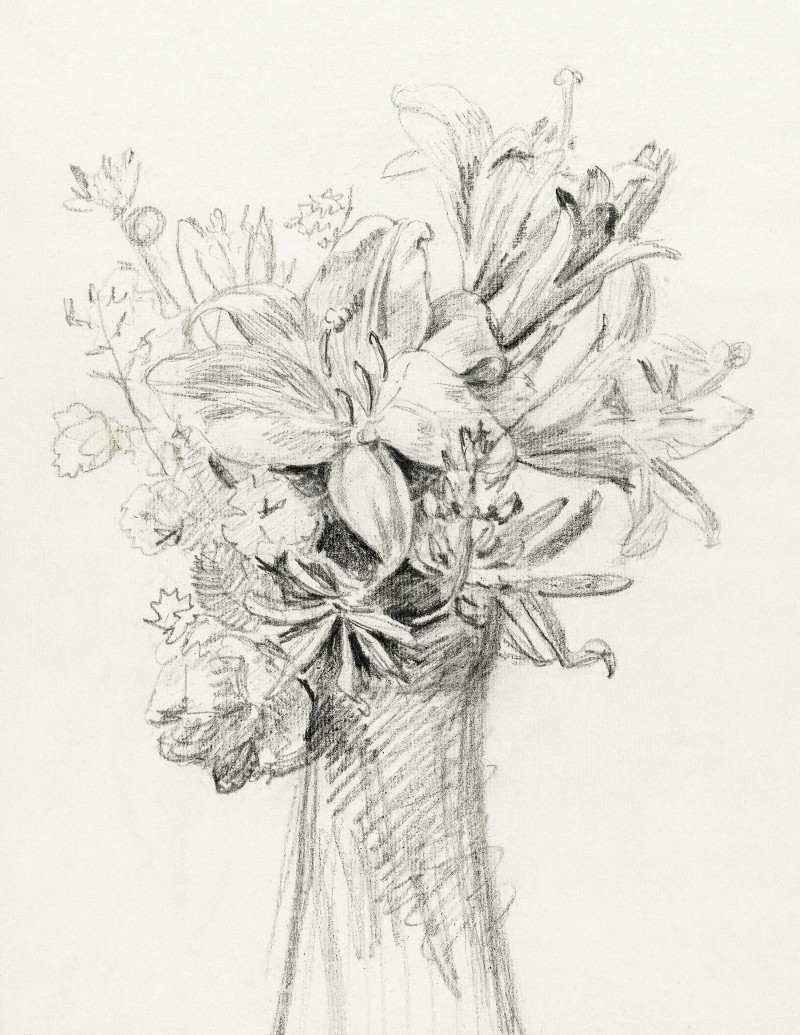Several Circles (1926)
Technique: Giclée quality print
Recommended by our customers
More about this artwork
"Several Circles" by Wassily Kandinsky is a captivating piece of abstract art created in 1926. This painting is composed almost entirely of various circles of different sizes, colors, and transparencies, set against a deep, dark background that enhances the vibrancy of the circles.At the center of the composition, there is a large, prominent circle filled with a deep blue that anchors the artistic exploration. Around this central element, numerous other circles float freely, suggesting a sense of movement or celestial bodies floating in space. The colors of these circles range from soft pastels to vivid tones, including yellows, reds, blues, and greens, with varying degrees of opacity.The use of circles might suggest different themes or ideas such as infinity, the cosmos, or unity. Kandinsky often associated colors and shapes with specific sounds and emotions, and this work likely embodies a complex interplay of feelings and philosophical thoughts, perhaps reflecting on the interconnectivity of the universe or the nature of existence itself.The overall effect is both mystical and dynamic, inviting viewers to contemplate the relationships between the elements within the painting and the emotions they evoke. This artwork is a beautiful example of Kandinsky's innovative approach to abstract art, where he used geometric forms and intense colors to communicate deeper psychological and spiritual states.
Delivery
Returns
Wassily Wassilyevich Kandinsky was a Russian painter and art theorist. Kandinsky is generally credited as the pioneer of abstract art. Born in Moscow, Kandinsky spent his childhood in Odessa, where he graduated at Grekov Odessa Art school. He enrolled at the University of Moscow, studying law and economics. Successful in his profession—he was offered a professorship (chair of Roman Law) at the University of Dorpat today Tartu, Estonia)—Kandinsky began painting studies (life-drawing, sketching and anatomy) at the age of 30.

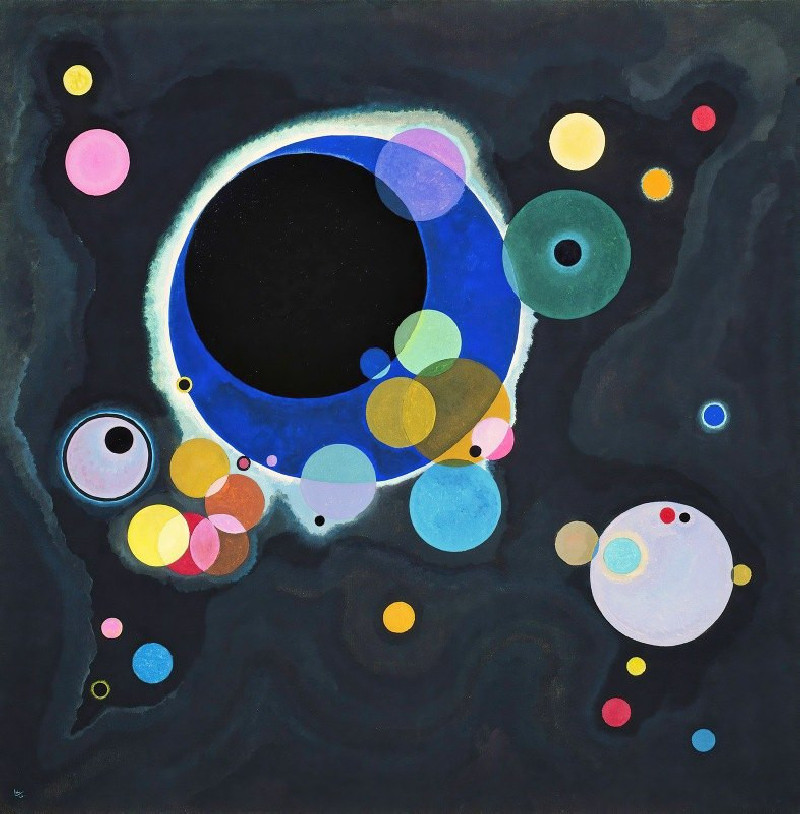

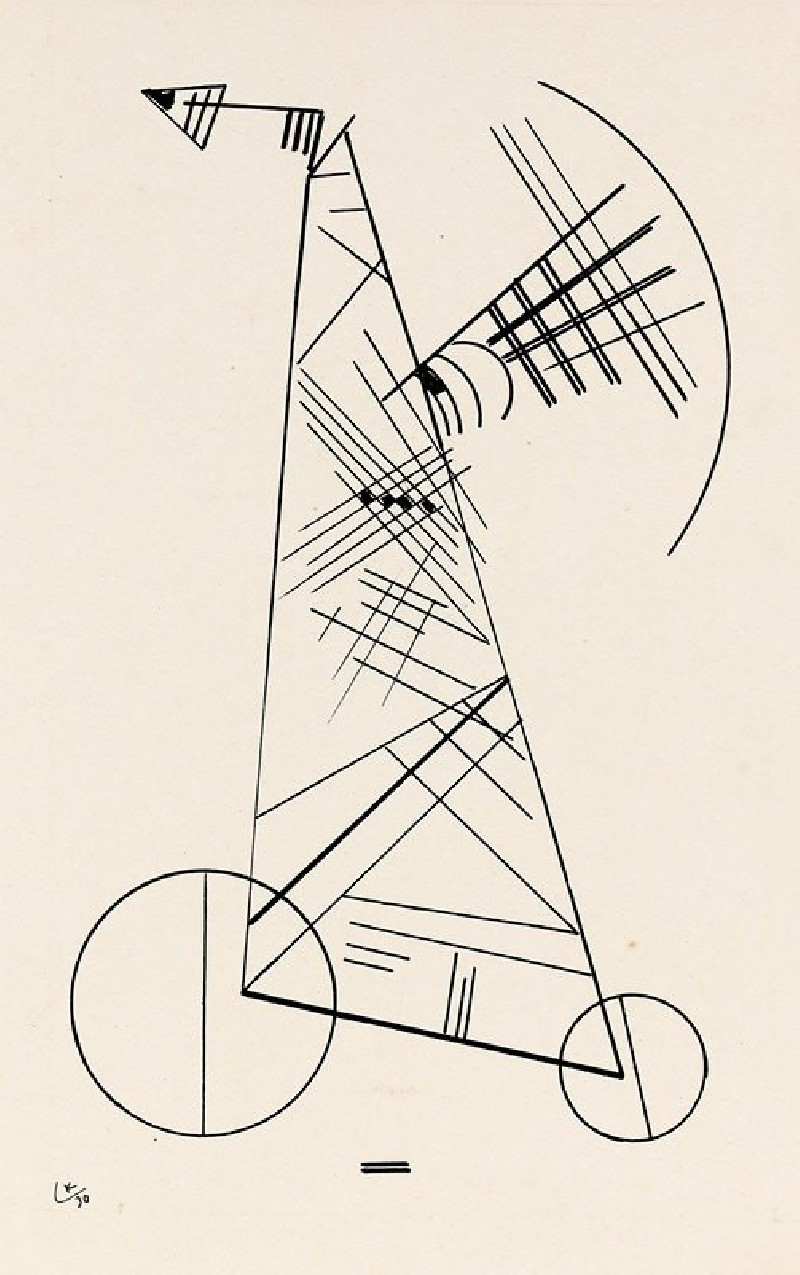
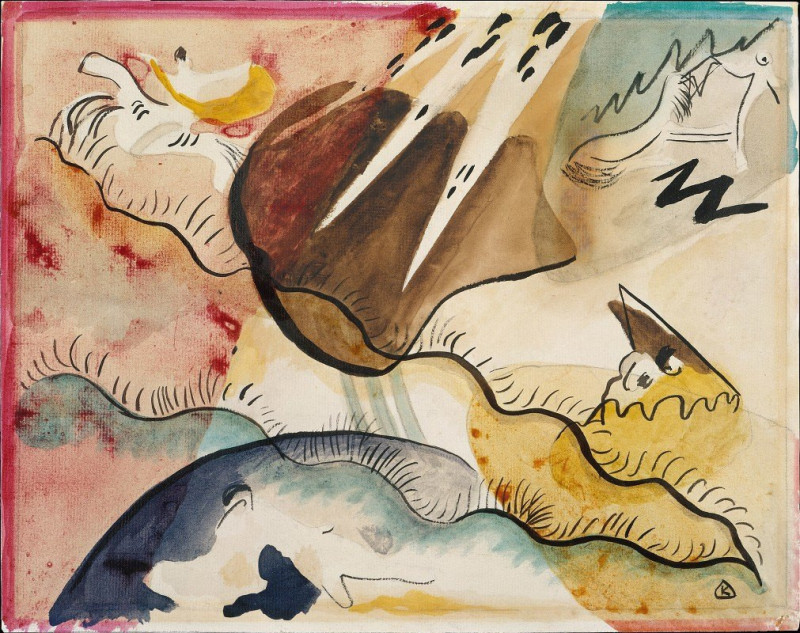



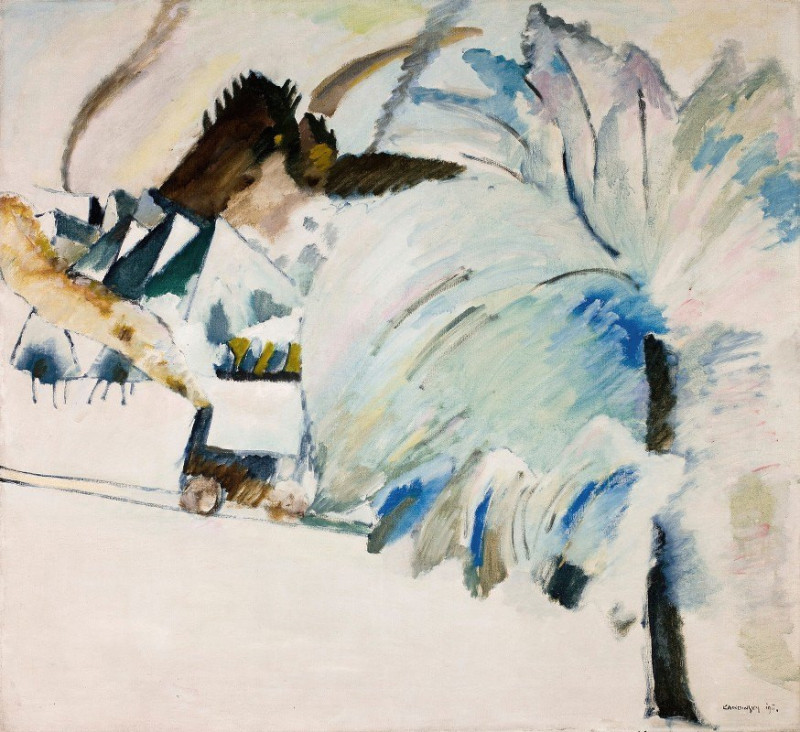
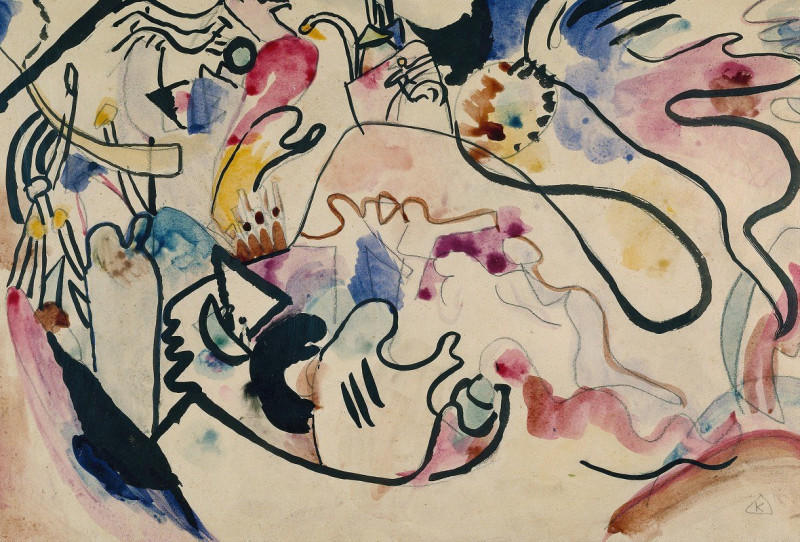



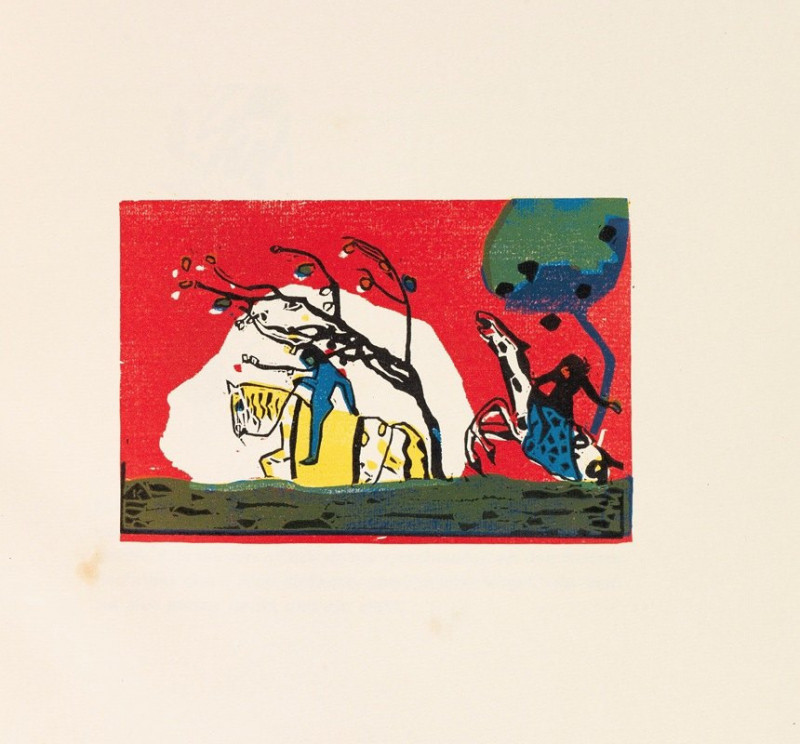



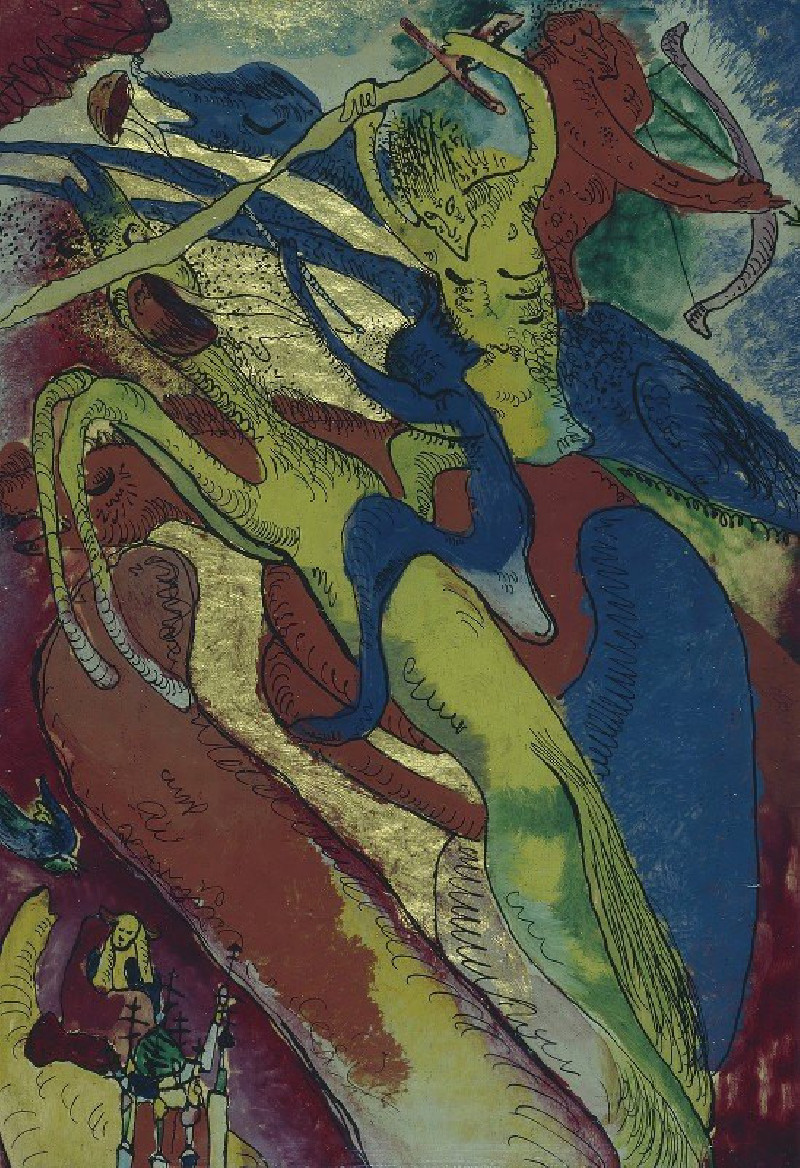


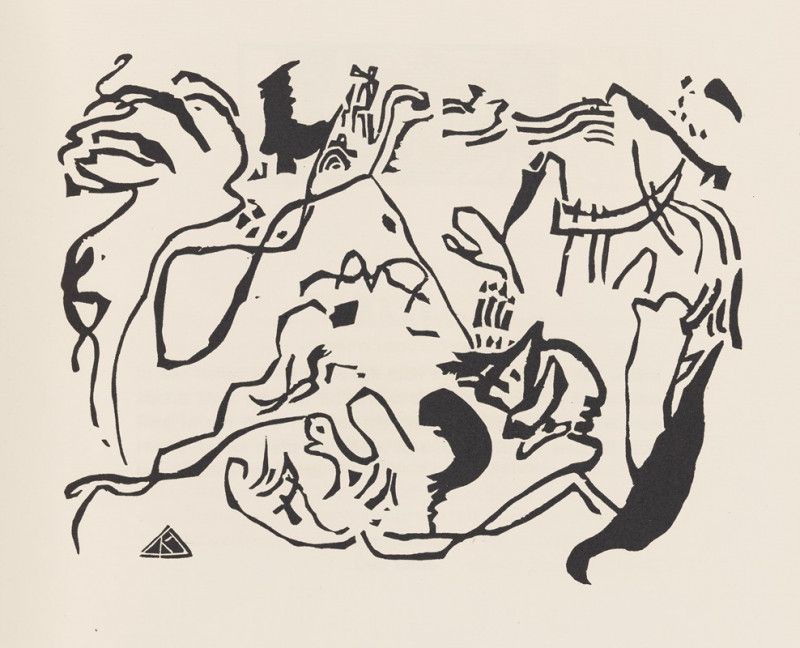



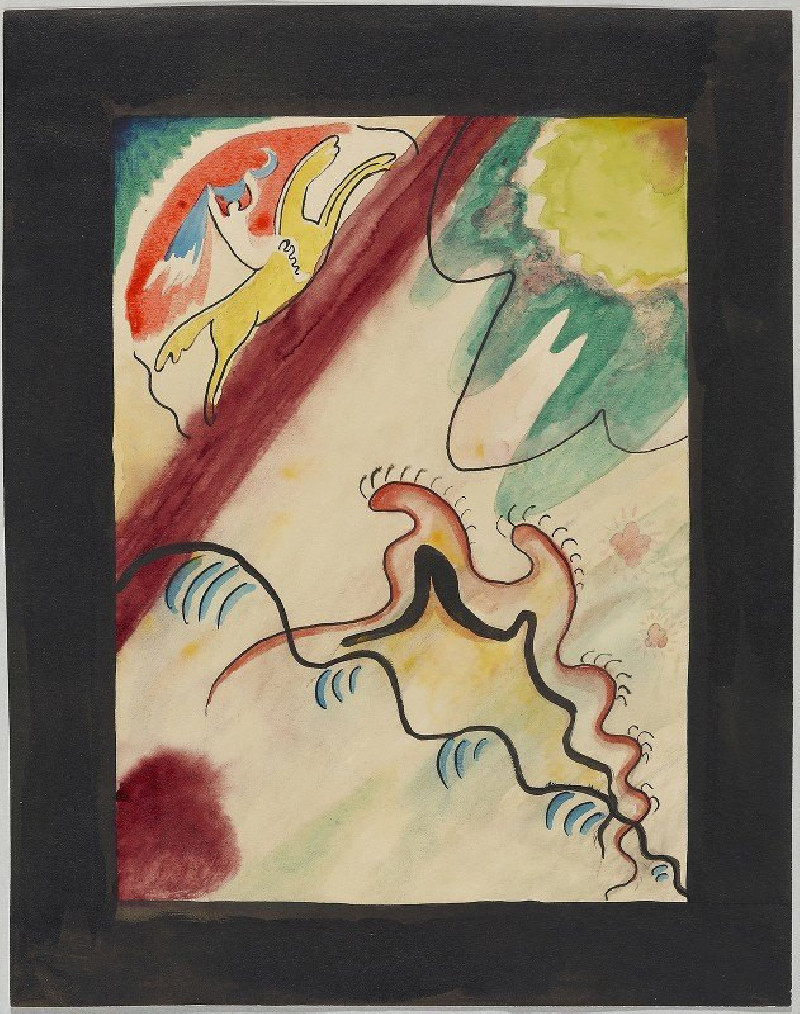

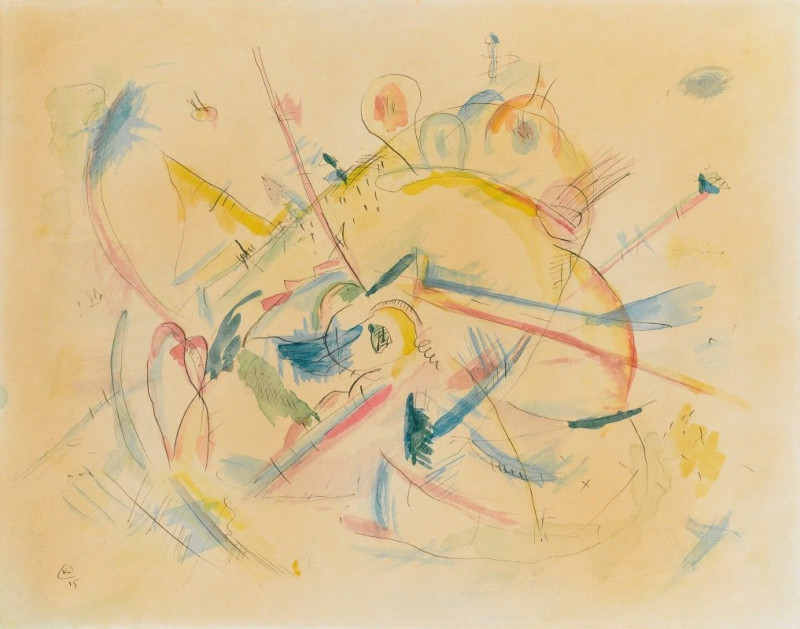



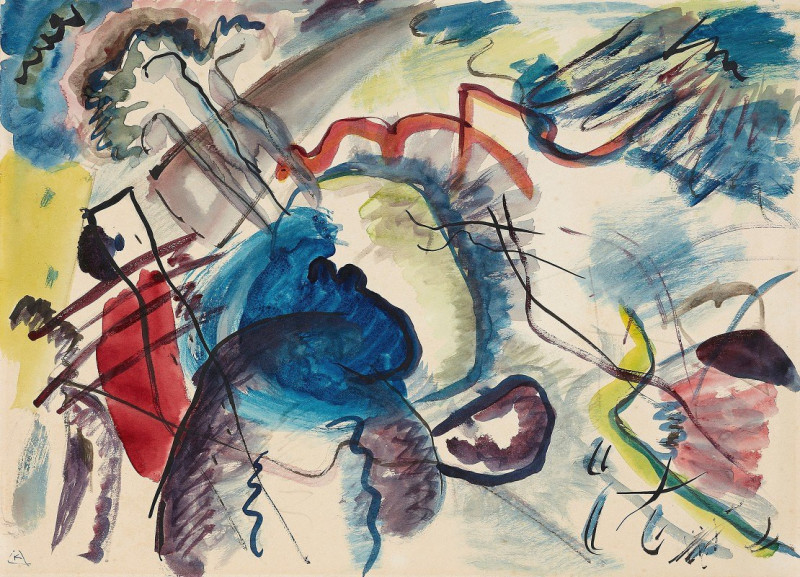



![At Chinsurah [Chinsura] (1785) reproduction of painting by Samuel Davis. ALL GICLEE PRINTS](https://reprodukcijos.lt/48556-large_default/reproduction-of-at-chinsurah-chinsura-1785.jpg)

